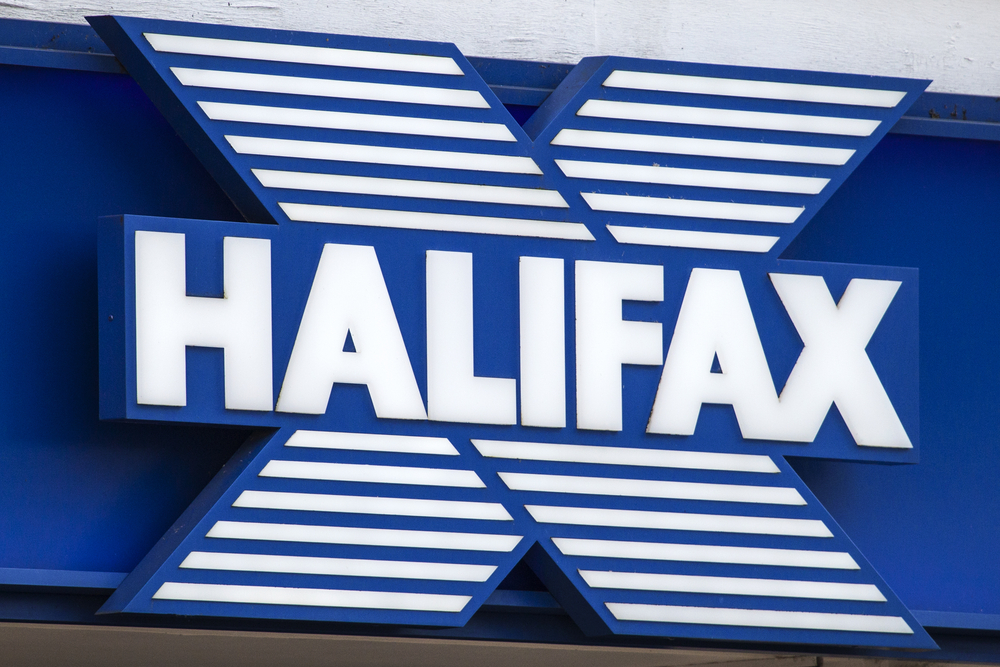
Sponsored Content
James Ginley, Director Technical Surveying, e.surv
The combination of rising interest rates, regulatory costs and the demand for rental properties outstripping supply, all suggest that both landlords and renters could be in for an interesting ride.
The buy-to-let market had shrunk in 2023 due to cost and rate pressures but was on its way back to recovery in 2024, with UK Finance figures showing house purchase lending to landlords growing by 13% to £10 billion due to falling mortgage rates. However, that figure is now predicted to decrease by 7% to £9 billion in 2025.
James Tatch, head of analytics at UK Finance, said that the “mortgage market showed greater than previously expected resilience in 2024” and while steady growth is forecast in both house price purchase and remortgage lending, there is expected to be a “slight fall” in buy to let lending in 2025.
Landlords are, of course, facing a number of regulatory and tax burdens in 2025, that they have not previously had to deal with. Legal changes such as the Renters Rights Bill and the renewed EPC requirements are both things that some would-be landlords might see as more hassle than its worth, especially on top of paying a higher stamp duty bill.
In the October budget, Rachel Reeves announced a 2% increase in stamp duty for second homes meaning that anyone owning a second property as well as their own home, will now face a 5% surcharge. David Fell, lead analyst at Hamptons thinks that the extra stamp duty costs along with the Renters Rights Bill will leave “would-be landlords treating cautiously” in 2025.
The Renters Rights Bill is expected to come into effect in the summer bringing with it a raft of changes for the private rental sector. Section 21 ‘no fault’ evictions will become a thing of the past making it harder for landlords to evict tenants, stricter rules around rental increases will come into place, and rental bidding will also be prohibited.
New rules around energy efficiency for rental homes would mean all rental homes in England upgrade to an EPC rating of C by 2030. According to figures from the Ministry of Housing, Communities and Local Government, it is currently estimated that 2.6 million privately rented homes are EPC D or below, which equates to 60% of the entire sector. This leaves a significant number of landlords potentially facing considerable costs to retrofit their properties.
William Reeve, the chief executive of Goodlord expects that the extra pressures facing landlords will have a knock on effect to renters, and expects rents to see a “major spike in 2025” as landlords look to pass on their extra costs to tenants and “demand continues to outstrip supply across the rental market”.
According to Zoopla’s most recent Rental Market Report the average rent for new lets in the UK is £1,270. Rents rose by 3.9% last year, and Zoopla found that last year the imbalance between rental supply and demand was narrowing, but that it also expects the mismatch between supply and demand to continue over 2025 keeping a “steady pressure on the cost of renting”.
Ultimately, the performance of buy-to-let rests not only on the ebbs and flows of the market and domestic policy makers but also the attractiveness of alternative asset groups. If other assets perform well and liquidity remains strong then bricks and mortar will remain increasingly the preserve of professional landlords. Limited company buy-to-let as a consequence will likely continue to flourish and rents, we should expect, will follow suit as the lack of capacity in both rental and purchase markets makes itself felt in certain parts of the country.
James Ginley, Director Technical Surveying, e.surv



